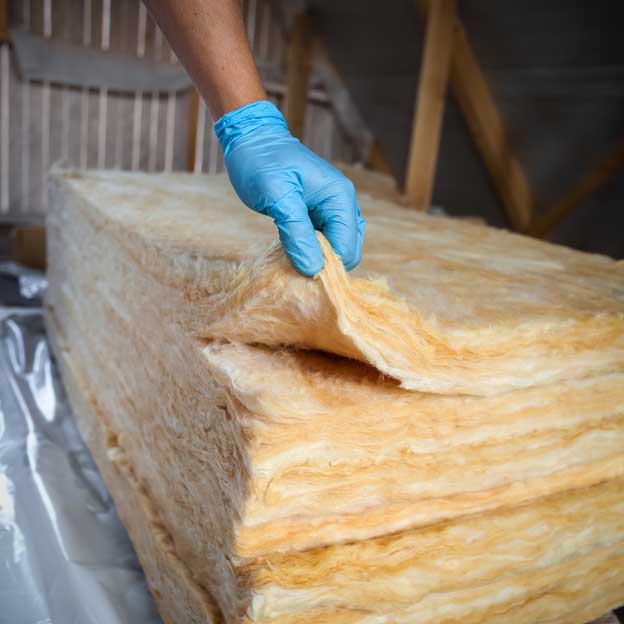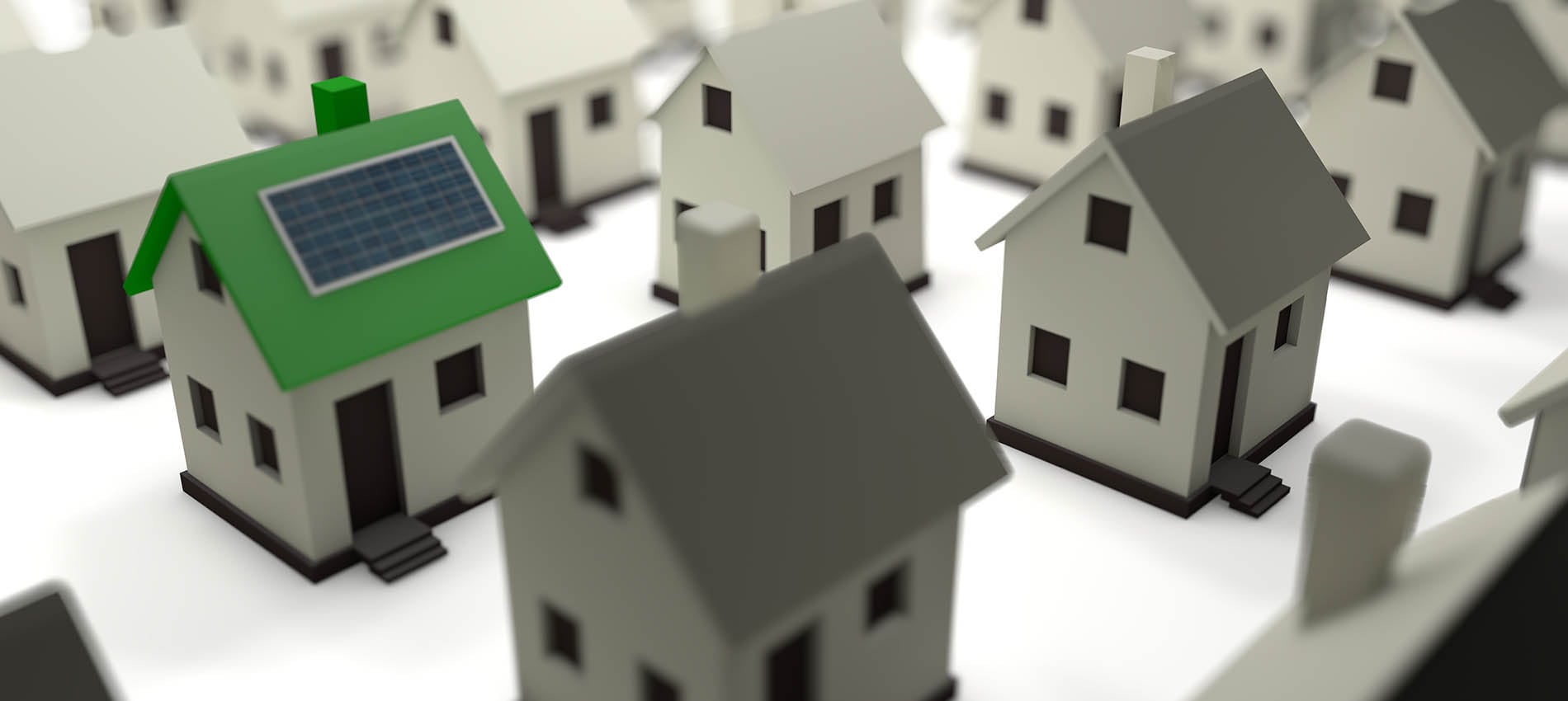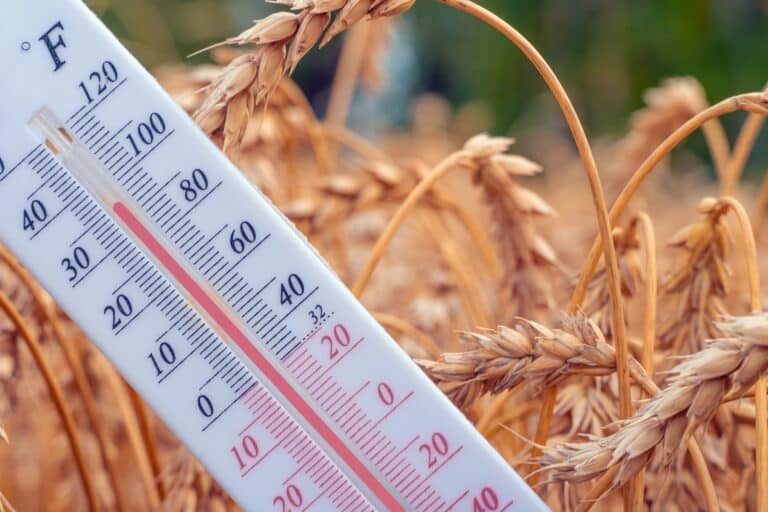Written by Kaitlin Krull
If you’re an environmentally conscious homeowner, you know all too well that keeping a house running efficiently and sustainably can be difficult work. Although the carbon emissions produced by fossil fuels continue to damage the planet, counteracting these negative changes in the home is easier than you might think. There are more than a few eco-friendly ways to heat your home, so we’ve compiled a list of some of the more popular alternatives to help you think sustainably and keep your home warm this winter.
Wood-burning stoves and fireplaces
Strictly speaking, one of the most efficient ways to heat your home is by using fire. A wood-burning stove or fireplace will increase the temperature of a room quickly and can be continuously monitored. Of course, wood burners and fires are perfect for one large room or living space, but they’re not necessarily the best option for whole-home heating. Remember to have your fireplace or wood-burning fire inspected and cleaned every year before use, and make sure your carbon monoxide detectors are in full working order.
Heat pumps
Apart from the pollution they produce, one of the main negatives of fossil fuels is their limited quantity. Renewable resources, however, can never be exhausted. Drawing heat from a renewable source such as the ground is an ideal way to lower carbon emissions. Ground-source heat pumps are particularly useful in the winter, since they draw heat energy from underground which is then converted to hot water and heat for the home. However, the efficiency of heat pumps can vary, so it’s a good idea to check out the COP (coefficient of performance) and SPF (seasonal performance factor) of any system before purchasing.
Underfloor heating
If you’re looking for a high-tech solution to your eco-friendly home heating needs, consider underfloor heating as an efficient and effective alternative. High-quality underfloor heating distributes heat evenly through piping laid under the floorboards of your home. In turn, it makes your boiler run more efficiently and can eliminate the need for radiators during the winter. One word of caution here: be prepared for a large-scale renovation job and high initial costs.

Increased insulation
As opposed to underfloor heating, insulation is a low-tech but effective way of warming up your home. A poorly insulated home is much less comfortable than a well insulated one, so it’s worth checking your attic, wall cavities and even piping for damaged or nonexistent insulation before winter settles in. You’ll be happy to know that insulation installation is quick and relatively inexpensive. Plus, there are plenty of eco-friendly insulating materials to choose from: natural wool, recycled paper, hemp and even recycled cotton or denim all make excellent insulators for your home.
Energy-efficient windows and doors
If you live in an old or drafty building, you know that well-sealed windows and doors are essential in the winter months. Around this time of year, it’s a good idea to check your existing windows and doors for drafts and damage, making appropriate repairs where necessary. If you’re considering upgrading, energy-efficient windows with either two or three panes of glass, insulating gas and low-e glass coatings (which reflect UV rays in the summer and keep heat in during the winter) will outperform old windows every time. If this solution isn’t currently in your budget, you can make do temporarily with heavy curtains and caulking and weatherstripping for your windows and to keep as much heat in as possible.
Solar panels
If you’re unfamiliar with the technology behind solar panels, you’re forgiven for thinking that winter is not the best time to talk about solar power. However, the energy that your rooftop solar panels would generate—even in the winter—would be enough to help offset the costs of running your regular HVAC system throughout the year. If you add together this decrease in energy bills with the possibility of storing your excess solar energy in a solar battery, you could practically heat your home for free.
Alternative-source boilers
Traditional gas or oil boilers are still the standard heating product for most homeowners across the United States. However, the rise in popularity of alternative-source boilers means that keeping your home warm in the winter without polluting the air may not be that far-fetched. There are several alternative source boilers around today that are much more eco-friendly than their fossil fuel counterparts:
- Combined heat and power (CHP) boilers work in the same way as traditional boilers while also generating electricity.
- Wood-burning boilers that are fueled by wood rather than oil.
- Biogas boilers that burn biogas (a product of anaerobic digestion or the decomposition of organic materials) in either CHP or conventional boilers.
Kaitlin Krull writes for Modernize, a website with the goal of empowering homeowners with the expert guidance and educational tools they need to take on big home projects with confidence.



